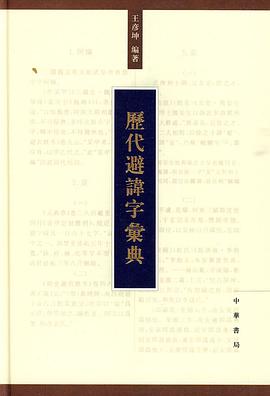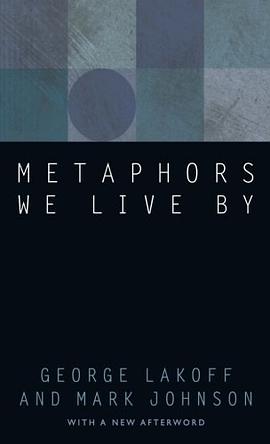历代避讳字汇典 豆瓣
作者:
王彦坤
中华书局
2009
- 7
《历代避讳字汇典》内容简介:避讳有广狭二义。广义的避讳实际包括敬讳、忌讳与憎讳三种情况。由于封建礼制、礼俗的规定、约束,或出于敬重的原因,而不敢直称尊长名字,以至讳用与尊长名同或仅音同之字的,这是敬讳。如汉武帝名彻,汉人讳“彻”为“通”,而《史记》、么漠书》并称“蒯彻”作“蒯通”等。
出于迷信畏忌心理而讳用、讳言凶恶不吉利字眼或音节的,这是忌讳。如吴人讳言“离散”,称“梨”为“圆果”,称“伞”为“竖笠”等。
出于厌恶憎恨心理而不愿名姓、物称与仇家或鄙夷之人姓若名同的,这是憎讳。如唐肃宗恶安禄山,郡县名带“安”字的多加更改等。
狭义的避讳专指敬讳一类情况。这是我国古代史上特有的现象,其俗起于周,成于秦汉,盛于唐宋,延及清末,历时两千多年,它不但是我国古代文化史研究中的一个重要课题,而且也是一切需要利用古书材料的研究工作者所不容忽视的问题。
敬讳之初,但避君主、上司、父祖、尊者、长者、敬重者之名及名之相同字而已,此所谓避正讳。三国以后,开始有连与名音同、甚至音近之字也回避的,即所谓避嫌名。如晋羊祜为荆州守,州人讳其名,皆称户为“门”,又改“户曹”为“辞曹”。后世讳避嫌名的风气愈演愈烈,至宋颁布文书令,竟有一帝应避嫌名超过五十字的。
出于迷信畏忌心理而讳用、讳言凶恶不吉利字眼或音节的,这是忌讳。如吴人讳言“离散”,称“梨”为“圆果”,称“伞”为“竖笠”等。
出于厌恶憎恨心理而不愿名姓、物称与仇家或鄙夷之人姓若名同的,这是憎讳。如唐肃宗恶安禄山,郡县名带“安”字的多加更改等。
狭义的避讳专指敬讳一类情况。这是我国古代史上特有的现象,其俗起于周,成于秦汉,盛于唐宋,延及清末,历时两千多年,它不但是我国古代文化史研究中的一个重要课题,而且也是一切需要利用古书材料的研究工作者所不容忽视的问题。
敬讳之初,但避君主、上司、父祖、尊者、长者、敬重者之名及名之相同字而已,此所谓避正讳。三国以后,开始有连与名音同、甚至音近之字也回避的,即所谓避嫌名。如晋羊祜为荆州守,州人讳其名,皆称户为“门”,又改“户曹”为“辞曹”。后世讳避嫌名的风气愈演愈烈,至宋颁布文书令,竟有一帝应避嫌名超过五十字的。


